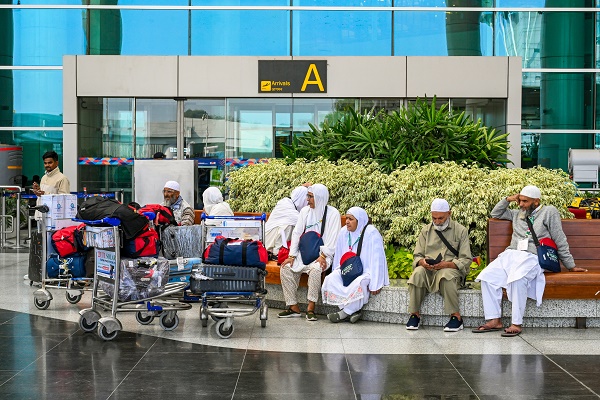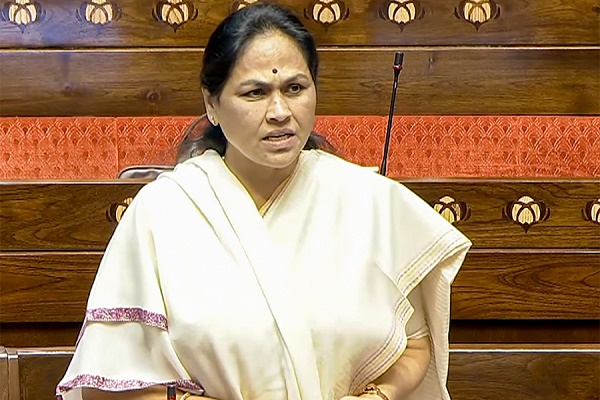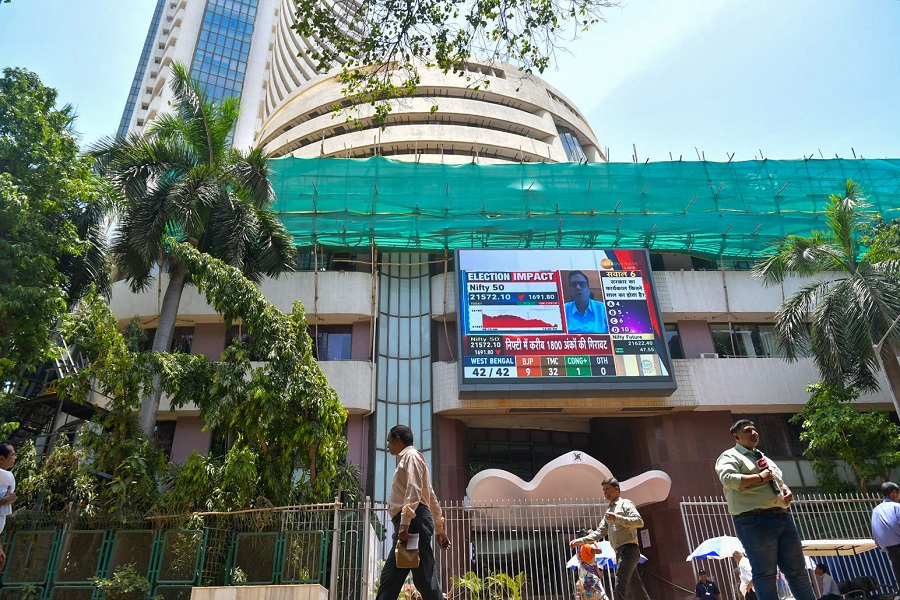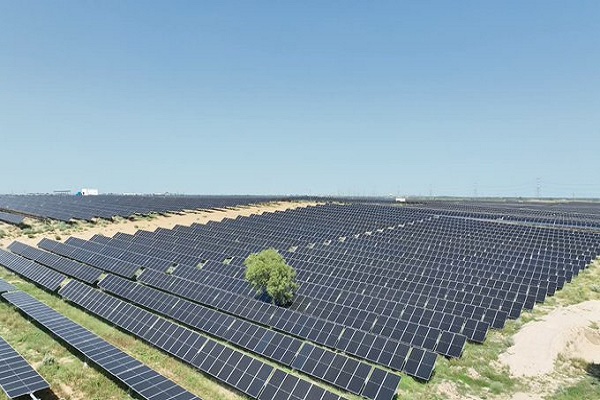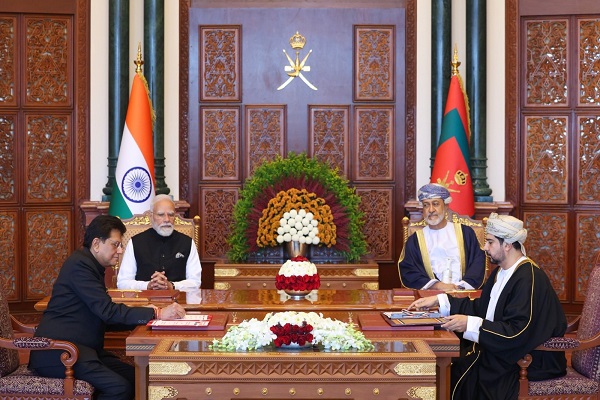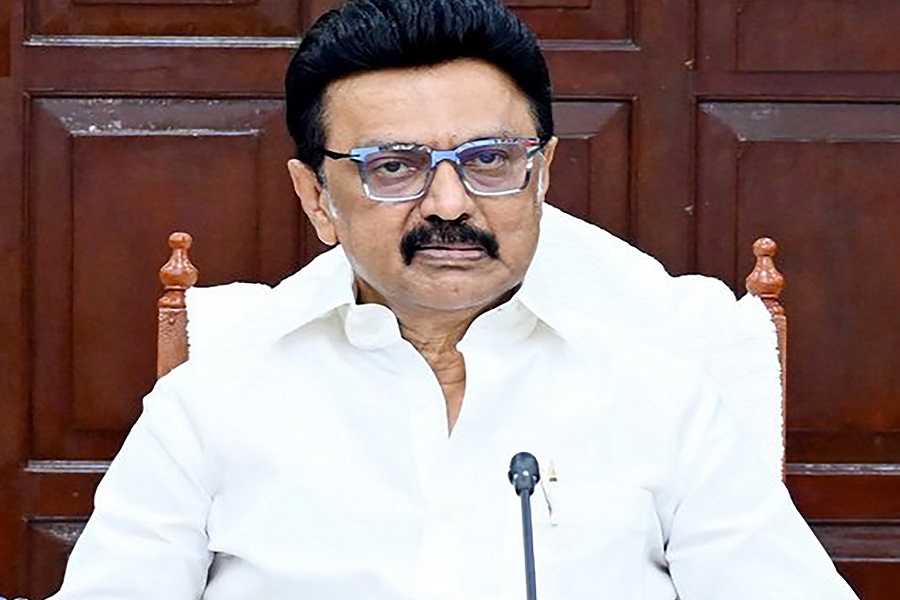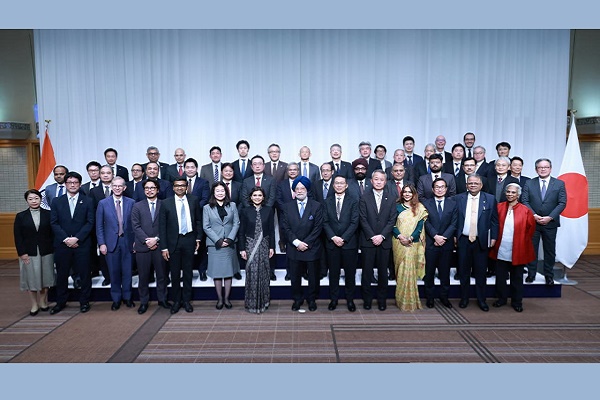India, Singapore cement ties amid global uncertainties

The India-Singapore relationship is evolving into a deepening partnership, in which New Delhi is re-crafting its diplomacy to serve a clear economic and strategic purpose in today’s uncertain world.
In the time of fragile supply chains, volatile trade policies, and climate challenges, India is focusing on strengthening its foreign economic policy with trusted, capable, and strategically placed partners—and Singapore is central to this strategy, according to an article in India Narrative.
The Third India–Singapore Ministerial Roundtable (ISMR) being held here is poised to add fresh momentum. The gathering will bring together Indian ministers Dr S. Jaishankar, Nirmala Sitharaman, Ashwini Vaishnaw, and Piyush Goyal with a high-level Singaporean delegation led by Deputy Prime Minister Gan Kim Yong and Foreign Affairs Minister Vivian Balakrishnan. This unique forum, launched in 2022, is designed to chart the next phase of cooperation under the Comprehensive Strategic Partnership—identifying concrete avenues to broaden and deepen bilateral ties.
India and Singapore are actively working together on semiconductors, green infrastructure, digital integration, advanced manufacturing, healthcare innovation, and maritime connectivity. The relationship deepened in 2024 with the launch of the Comprehensive Strategic Partnership. For India, embedding itself with Singapore’s logistics chains and financial networks means connecting to a global value chain with fewer operational and political risks.
By working together, the two countries can create a credible alternative to existing chip-making hubs, making the supply chain more secure and resilient, to making India a key player in critical technology.
The Semiconductor Ecosystem Partnership perhaps clearly shows this intent.
Singapore’s balanced foreign relations approach makes it particularly valuable for India’s rebalancing strategy. It has closer trade ties with China, yet actively works with other partners on security and technology. This provides India a safe and non-confrontational channel into ASEAN markets and Indo-Pacific frameworks without getting into binary rivalries. The relationship benefits both countries, with India gaining wider access and influence, and Singapore securing a partner with significant growth potential and security capabilities.
Green transition is another area in which both countries are looking to work together in the future. Singapore’s prowess in clean energy financing and technology fits well with India’s renewable energy ambitions, creating opportunities to work together on solar power, green hydrogen, and sustainable urban projects. The Green Digital Shipping Corridor, started in 2025, is not about decarbonising ports and ships; it is about making trade routes for evolving environmental standards that will affect global business. Low-carbon, digitally managed shipping helps India meet its climate commitments and also secure economic interests.
People-centric projects have been important for both countries. Agreements on healthcare, digital health systems, skill training, and education exchange aim to create a cross-border talent pool ready to work in future-ready industries. Singapore’s focus on skill alignment and India’s push to modernise its labour force make it a more people-to-people partnership that is beyond political cycles.
Digital integration is another key area of cooperation. As India’s digital economy grows, linking it to Singapore’s advanced fintech infrastructure, online security, and payment structure can boost trust in sharing cross-border data and financial flow. The resulting connection makes trade efficiency and India’s standing as a technology partner in the Indo-Pacific.
The bigger picture of the India-Singapore partnership is building a bilateral arrangement where it demonstrates middle powers working together to provide public goods that benefit the whole Indo-Pacific. Open and secure sea lanes, varied and reliable supply chains, and sustainable infrastructure not only help the two countries’ interests but also support the region’s stability. This way, India advances its Act East Policy that does not hinge on conflict but on creating economic and strategic options.

